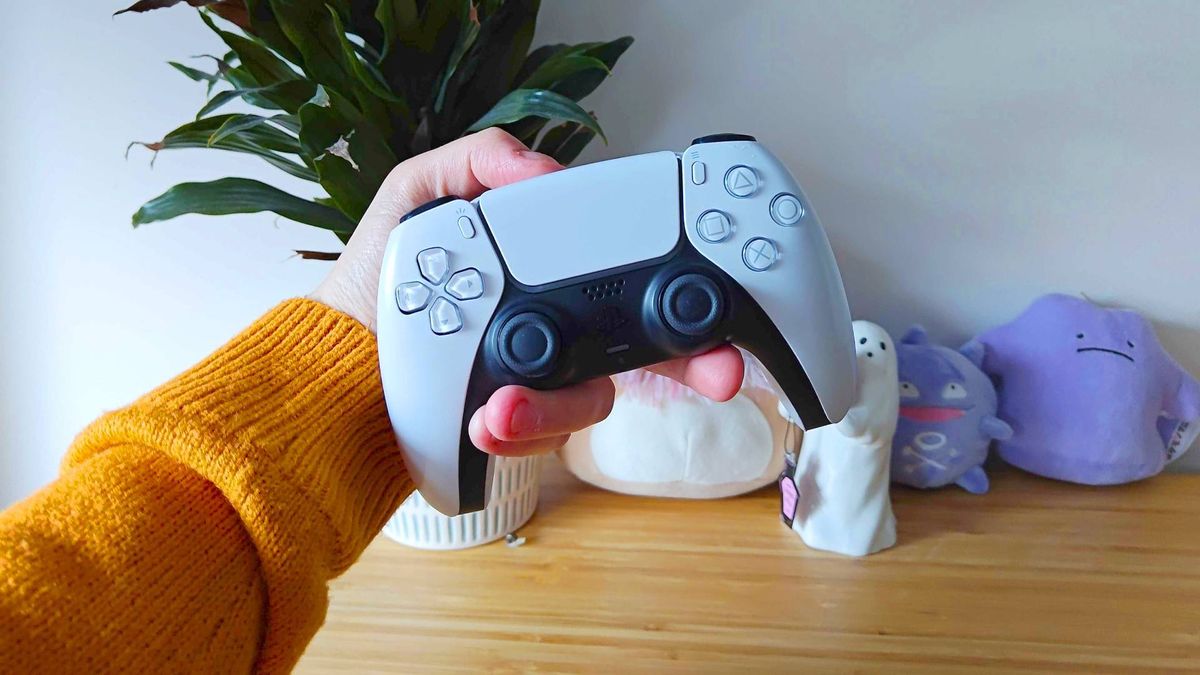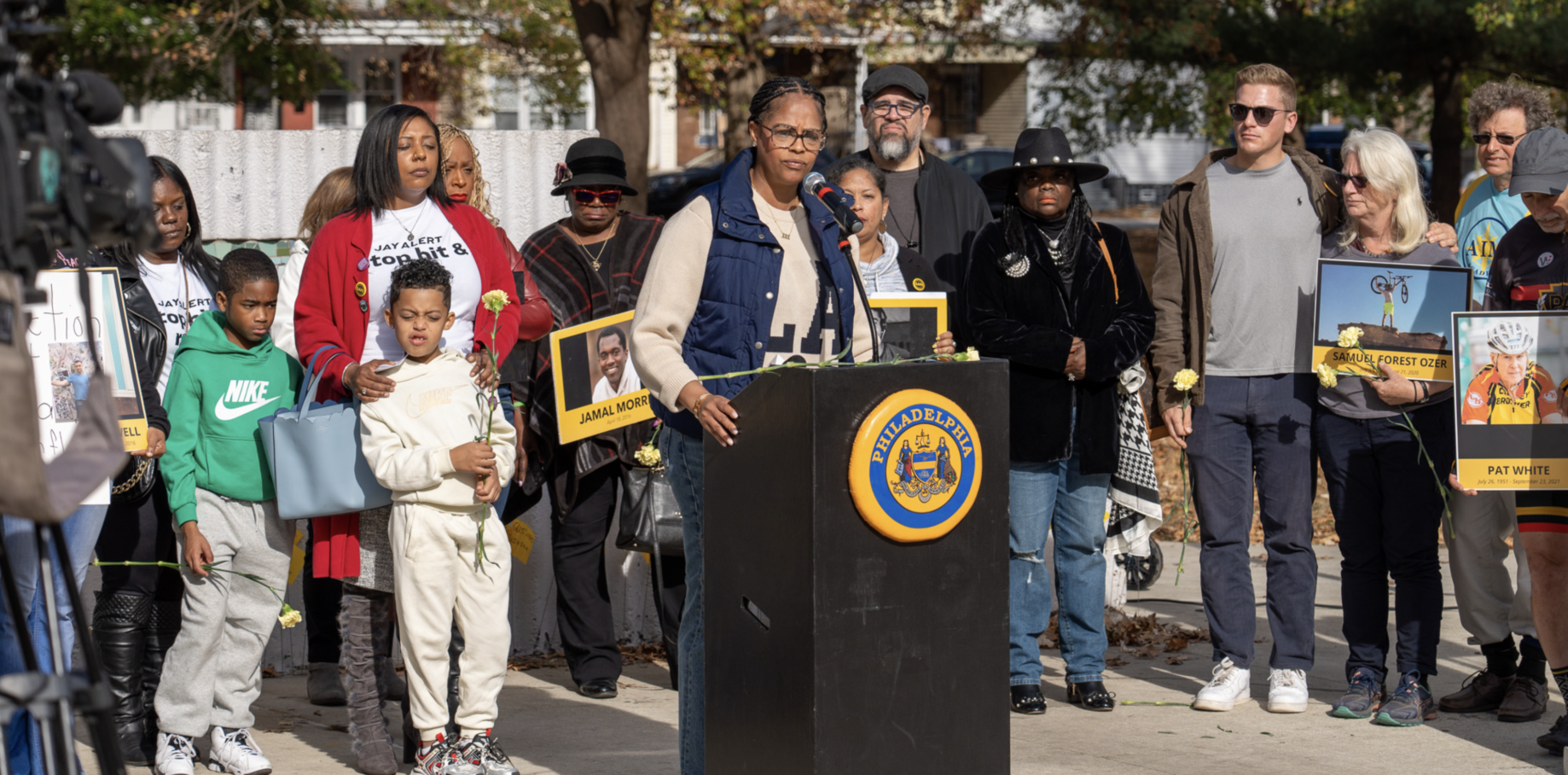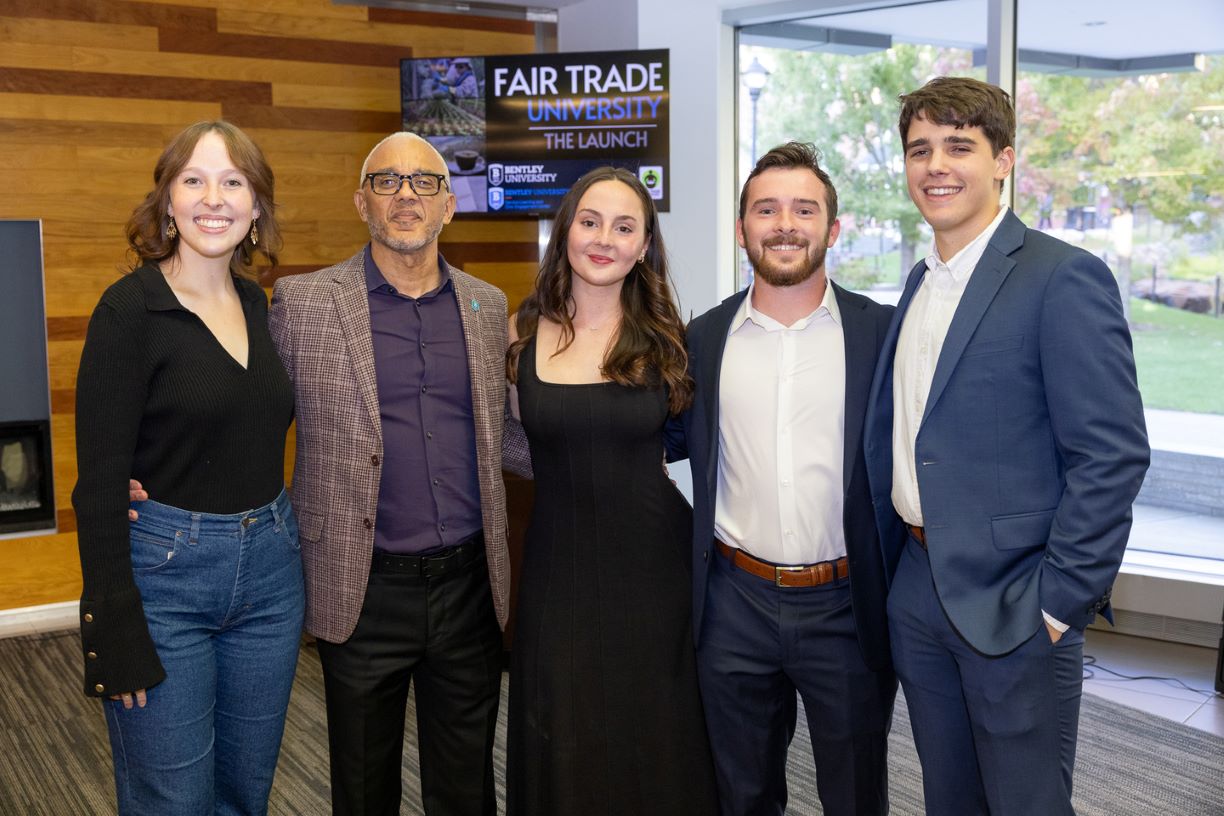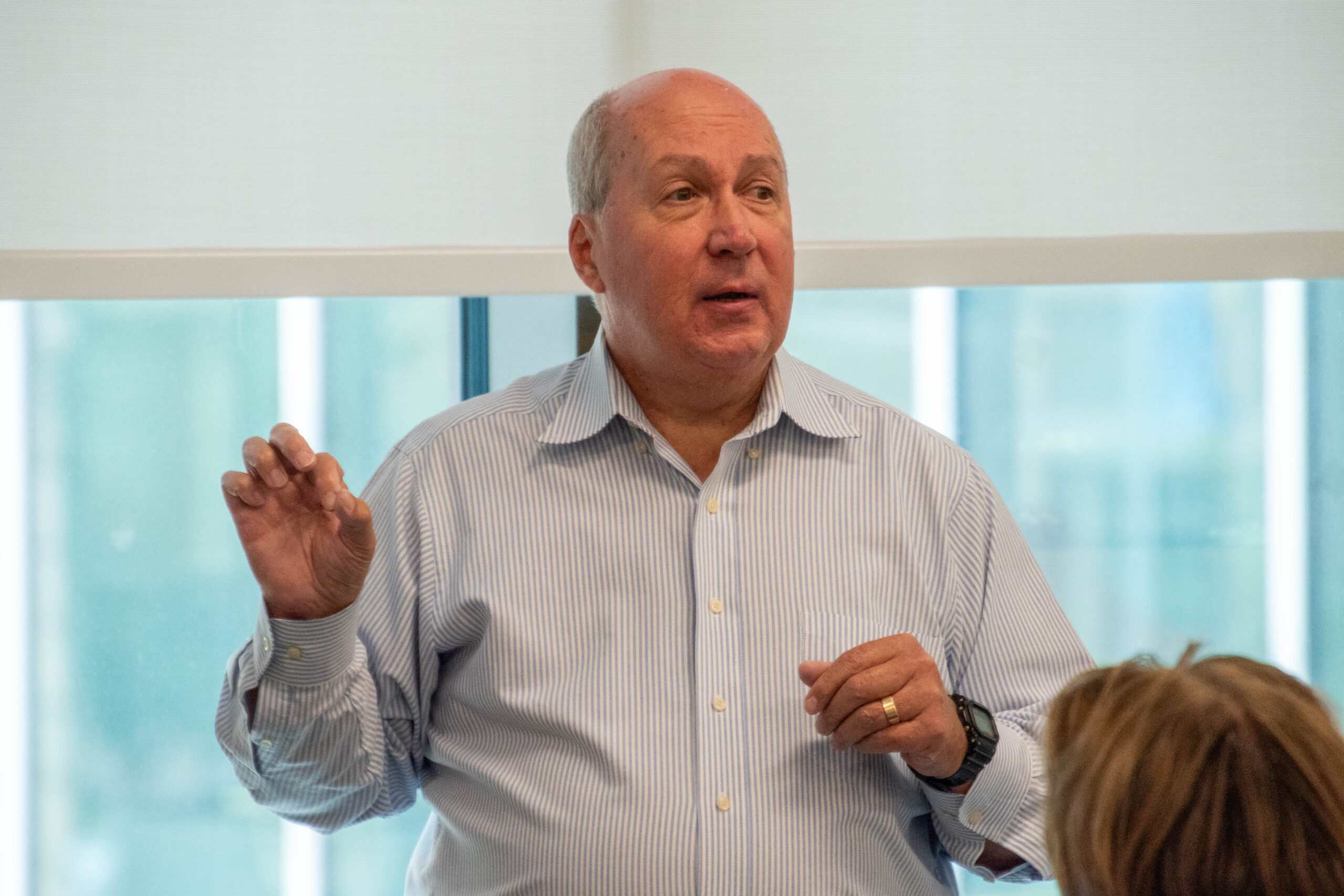World
La Jolla High student is crowned world champion in model airplane contest
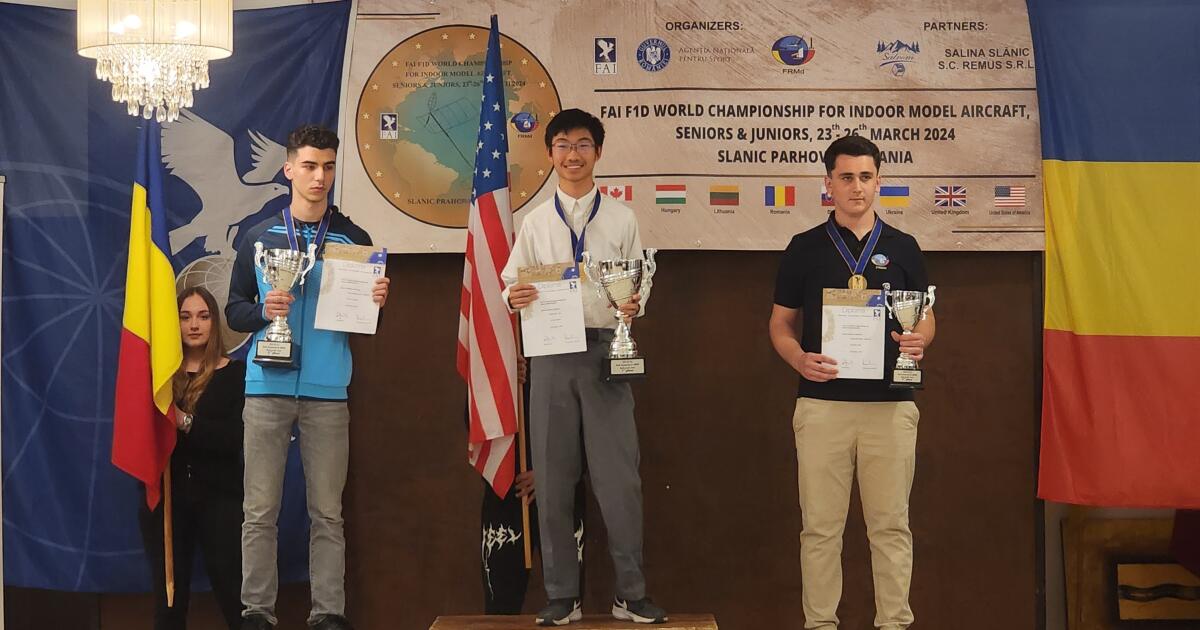
Twenty-six minutes and 38 seconds might not seem like an especially long time, but those stressful 26 minutes and 38 seconds made all the difference for La Jolla High School student Daniel Guo in winning a world championship model airplane competition last month in Romania.
After three years of training and practicing in model airplane construction, Daniel, 14, won first place in his age bracket at the F1D World Championships on March 24-26 for building a model that sustained flight for the longest time.
“I’m always pretty confident about my planes because constructing them is like a science,” Daniel said. “During the practice runs and official flights, I would try to analyze the flight going on and improve the next flight. But for that last flight, the tension built all the way up until the last few minutes. It was pretty intense. I wondered if it would make it.”
Daniel designed his winning plane with guidance from former F1D world champions Kang Lee and Steve Brown.
“There are challenges to build these planes,” Daniel said. “The materials are small and delicate, and if one thing isn’t [constructed] properly, things could go catastrophically wrong. Once I had a plane built, I had to adjust the angles of the wings and experiment with the propellant and things like that.”
Daniel Guo flew this model airplane to first place in his age group in the F1D World Championships.
(Julie Guo)
According to the World Air Sports Federation, F1D planes typically have very lightweight rubber motors and balsa frames with a lightweight transparent covering such as microfilm or plastic. There are limits on maximum wing span and tail span.
In the months leading to the World Championships, Daniel used computer models to project which designs would be most efficient, and then tested them.
Using his findings and a design inspired by one that Lee and Brown created, Daniel came up with a plane he could take to the event with confidence.
“We decided to use a smaller propeller to put less stress on the motor,” he said. “We also played around with changing the camber, or the curve of the wing, to be more aerodynamic.”
“[Building model airplanes] gets young kids inspired and excited about aerospace engineering, which can solve problems like improving underwater propellers and making an airplane more efficient to reduce carbon emissions. It’s a great thing to get involved with.”
— Daniel Guo
In Romania, there were three days of competition with practice runs and two official flights each day, he said. Contestants’ two best flight times over the three days were recorded and combined to produce a final score.
During a practice, “I broke a few airplanes, so I only had one going to the official flights,” Daniel said.
So he had to change strategy.
“I planned to be super conservative, but I was ranked No. 1 on the first day,” he said. “On Day 2, I made some improvements and was more confident and improved my flight time. But everyone was catching up. I was only in the lead by two minutes. The third day, I pushed it and got it all the way. It was really efficient.”
When he realized he had beaten the previous best time and was going to win, “I was so happy,” Daniel said. “It was so much work and sleepless nights to get to that point.”
Daniel was introduced to making model airplanes during middle school, when he was on a Science Olympiad team. During that time, he won two Science Olympiads in flight-related events.
“I think [model airplanes] is a great hobby,” he said. “It combines knowledge and science with hands-on engineering. It’s a great way to apply the knowledge you have to solve a real-world problem.”
Daniel added that he wants to spread awareness of the applications of such skills and would be willing to mentor future builders.
“It gets young kids inspired and excited about aerospace engineering, which can solve problems like improving underwater propellers and making an airplane more efficient to reduce carbon emissions. It’s a great thing to get involved with.” ◆






